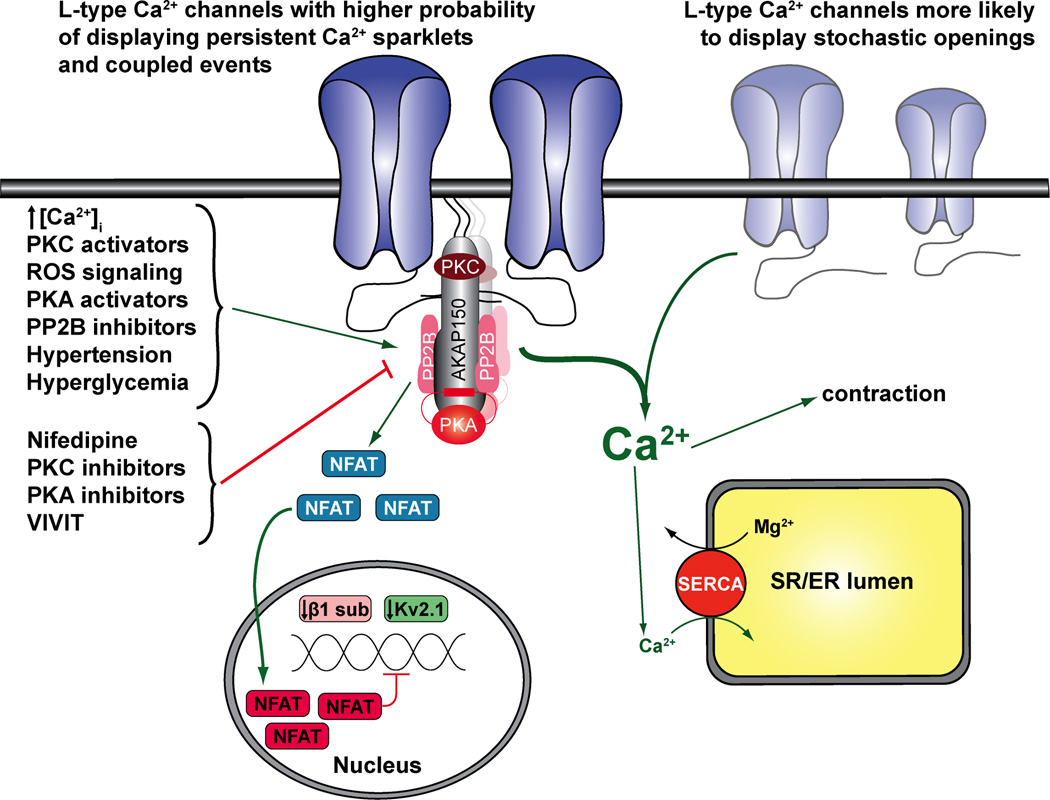Figure 2. Proposed model for local regulation of L-type Ca2+ channels, excitation-contraction coupling and excitation-transcription coupling in arterial smooth muscle.
In this model, L-type Ca2+ channels are broadly distributed in the sarcolemma of arterial smooth muscle. However, a subpopulation of these channels can form clusters of varied sized driven by their interaction with the scaffolding protein A kinase anchoring protein 150 (AKAP150) in discrete regions of the sarcolemma. AKAP150 coordinate the assembly of a regulatory signaling complex form by PKA, PKC and calcineurin near AKAP150-associated L-type Ca2+ channels to promote heterogeneous channel activity and coupled gating. Conversely, L-type Ca2+ channels not associated with AKAP150 will likely exhibited stochastic channel openings. Heterogeneous L-type Ca2+ channel activity and coupled events are enhanced upon increase in [Ca2+]i, with activators of PKC, PKA or ROS signaling, with calcineurin inhibitors, or during hypertension and hyperglycemia. Meanwhile, in our model, these characteristics are minimized with application of nifedipine, or inhibitors of PKA ad PKC. The formation of this signaling unit controls local and global [Ca2+]i, which modulates the contractile machinery, SR Ca2+ refilling, and NFATc3-dependent gene expression in arterial smooth muscle. Green arrows indicate activation; red arrow indicates inhibition/downregulation.

